Chhatrapati Shivaji Maharaj Vastu Sangrahalaya, Mumbai, India. Formerly known as the Prince of Wales Museum of Western India. This is one of the premier art and history museums in India. The Museum building, a Grade I Heritage building is a fine example of the Indo-Saracenic style of architecture. And houses a world-class collection of over 60,000 art objects.
Chhatrapati Shivaji Maharaj Vastu Sangrahalaya is formerly known as the Prince of Wales Museum of Western India. That is one of the premier art and history museums in India.
Chhatrapati Shivaji Maharaj Vastu Sangrahalaya, Mumbai, India
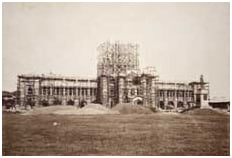
This memorial in the form of a museum was to be erected on the plot of land. Known as the Crescent Site on the southern tip of the island. The building was completed in 1914. But it opened to the public much later on 10th January, 1922. Until then it was used by the military as a hospital and for the Children’s Welfare Exhibitions.
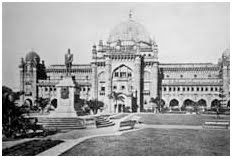
Many things have changed since then. Bombay is now known as Mumbai. And the name of the Prince of Wales Museum is changed to the Chhatrapati Shivaji Maharaj Vastu Sangrahalaya.
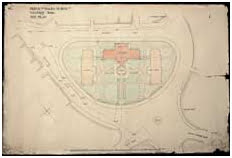
Set against a well-laid-out garden which retains its original plan even today. The museum is an important Heritage building of the city.
The Chhatrapati Shivaji Maharaj Vastu Sangrahalaya Building and its History (Architect, style, conservation):
It is a Grade I Heritage Building of the city. And is set in a well laid out garden which retains its original plan. It has been awarded first place for Heritage Building Maintenance by the Indian Heritage Society.
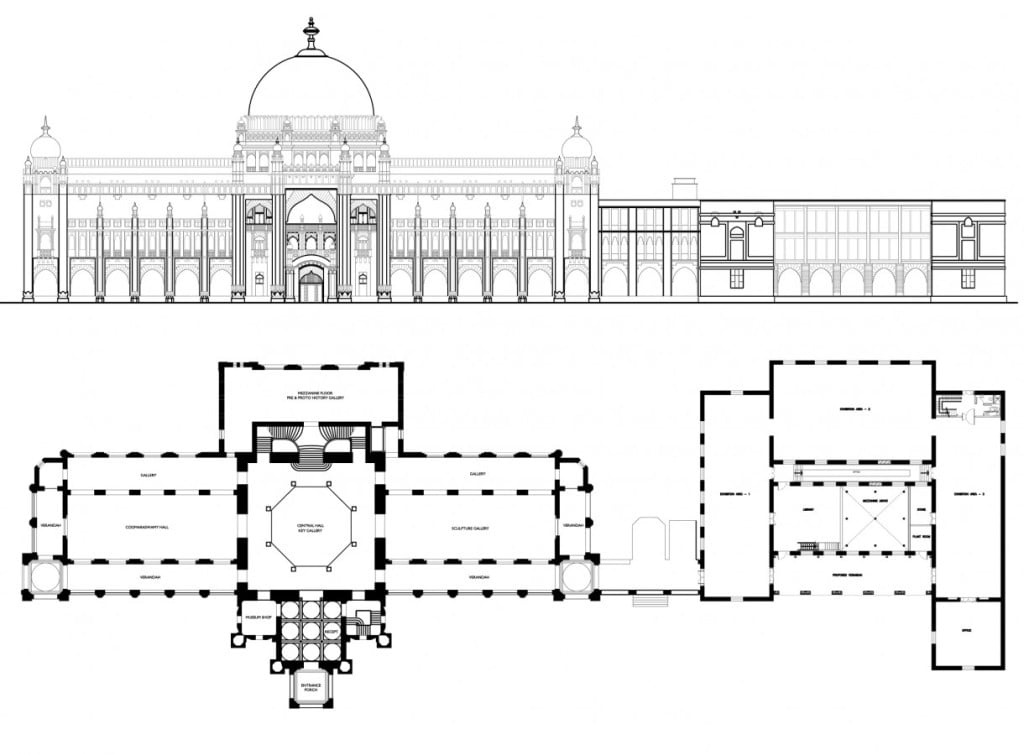
The architect of the building, George Wittet, was selecte after an open competition in 1909. Wittet is known for the Indo-Saracenic style of architecture. Which this museum is one of the best examples.
The Indo-Saracenic style combines Hindu and Saracenic architectural forms. At times incorporating some elements of Western architecture.
Architecture of Prince of Walse Museume
The museum building is situated in 3 acres (12,000 m2) area, having a built up area of 12,142.23 sq.m. The museum building is surrounded by a garden of palm trees and formal flower beds.
The museum building, built of basalt and kurla stone, is a three-storied rectangular structure, capped by a dome set upon a base. Which adds an additional storey in the center of the building. Built in the Western Indian and Indo-Saracenic style of architecture.
The building accommodates a central entrance porch. Above which rises a dome, “tiled in white and blue flecks, supported on a lotus – petal base”. A cluster of pinnacles, topped with miniature domes surround the central dome.
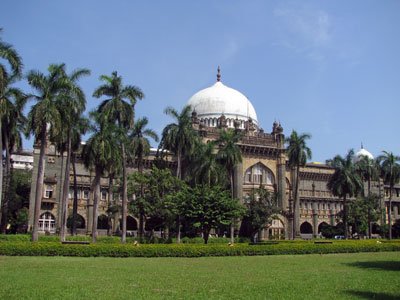
The building incorporates features like Islamic dome. With a finial along with protruding balconies. And inlaid floors inspired by Mughal palace architecture. The architect, George Wittet. Modeled the dome on that of Golconda Fort. And the inner vaulting arches on those at the Gol Gumbaz in Bijapur.
The interior of the museum combines the columns, railings and balcony of an 18th-century Wada (a Maratha mansion). With Jain style interior columns. Which form the main body of the central pavilion below the Maratha balcony.
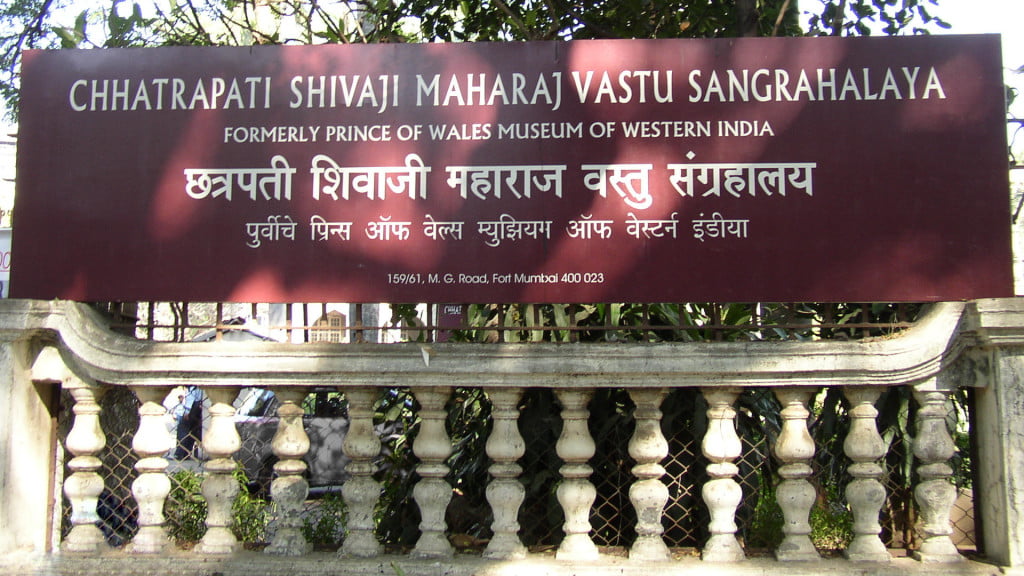
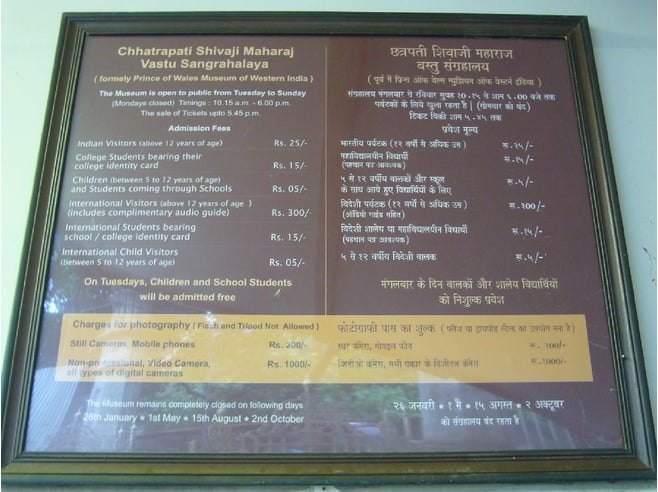
In its recent modernization program (2008): The Museum created 30,000 sq ft (2,800 m2) space for installation of five new galleries, a conservation studio, a visiting exhibition gallery and a seminar room, in the East Wing of the Museum. The Museum also houses a library.
Ref : mumbai, wikipedia, csmvs, #Chhatrapati #Shivaji #Maharaj #Vastu #Sangrahalaya, #Mumbai, #India.
So, friends this is a highlights of The Chhatrapati Shivaji Maharaj Vastu Sangrahalaya, Mumbai, India. But actual glory and architecture purpose you must have to visit once in a life. This magnificent structure of Victorian era of Mumbai. Hope you enjoy it.




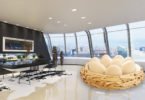


Leave a Comment
You must be logged in to post a comment.